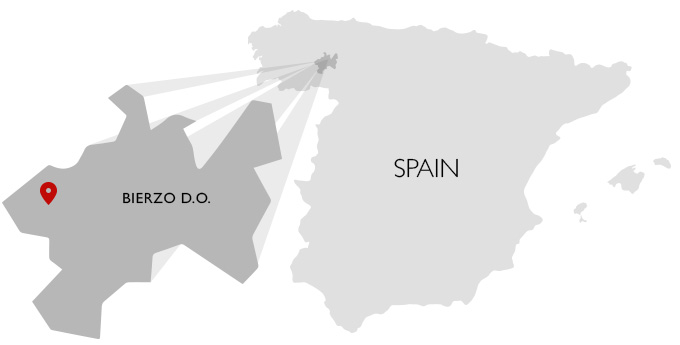| 96 |
Wine Review Online |
I have been fortunate to taste almost every wine made by this producer going back to 2001, but this is a new release from Luna Beberide, which has undergone some significant changes during the past few years. But lest I stray from this wine—which is flat-out delicious and also quite detailed — I should note that only 250 cases were made from a vineyard plot planted in 1918. For those who are not historically oriented and could use some contextual help, that was the final year of World War I — which at the outset was fought with horsepower, by which I mean horses. But again, lest I stray, this is nearly as fine as the two new bottlings in this Bodega’s “Paixar” line, which cost $75 and $125, so this would be where you should start unless you are a trust fund baby or a rock star. This “Viña La Recuperada” is a model of a Mencía that is ultra-generous in flavor without any textural roughness or astringency, nor any un-integrated acidity. Although it is both dark in color and concentrated in pigmentation, the texture of the wine recalls childhood stories of “magic carpet rides,” as the tannins are notable but remarkably fine-grained and ripe, with virtually no wood tannin atop the grape tannins. (It isn’t a bad guess that the 500-liter barrels were used previously for Paixar, with much of the tannin and coopering char having already been leached out of them before this wine was vinified and aged.) Quite nearly full-bodied but without the slightest hint of physical “heaviness,” this isn’t remotely overbearing or tiring to drink, and indeed its open fruit flavors and ultra-soft texture make it dangerously easy to drink. Seriously seductive when given some time to aerate and open, this is strikingly great wine for fifty bucks.
Wine Review Online; Michael Franz; August 13, 2025. |
 |
| 94 |
The Wine Advocate |
The 2023 Viña La Recuperada comes from an old recovered vineyard that was abandoned on their estate. It is at a slightly higher altitude (750 meters above sea level) and has been certified organic for four years now, but the wine carries no certification. This fermented in stainless steel with indigenous yeasts and matured in 500-liter barrels for 12 months. It has moderate ripeness and a medium-bodied palate, with 13% alcohol, a pH of 3.36 and 5.16 grams of acidity. There is a jump in seriousness; this has more concentration but there's no weight, and the tannins are sweet and round. It's a wine more from the valley than the ones from Dragonte. 3,500 bottles produced. It was bottled in February 2025. 2026 – 2031.
Luis Gutierrez, The Wine Advocate Jul 10, 2025 |
 |
